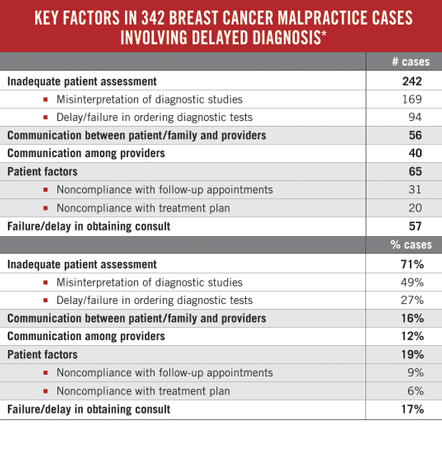“Breast cancer is the second most commonly diagnosed cancer among women (second to skin cancer) accounting for 29% of newly diagnosed cancers. Additionally, breast cancer is responsible for the second highest rate of cancer deaths among women (lung cancer is the first.)
“In 2015, the numbers of diagnoses and deaths were approximately
“Early detection is key for the best chance at recovery. The screening recommendations from the American Cancer Society, which seem to be a constant point of debate, are:
But some breast cancer specialists think that these recommendations fall short. Specifically, in the case of many women (roughly 40% of all women) that are told that they have “dense breasts.” Most women do not fully understand what being categorized as having dense breasts means and that, in fact, it is an incredibly important piece of health information. It turns out that knowing your breast density status is very important in the conversation about breast cancer for a number of reasons. First, having dense breasts makes it more difficult to see inconsistencies through mammography that may lead to breast cancer in tissue. Also, the presence of dense breast tissue alone is a risk factor for breast cancer, although the increase in the level of risk remains unclear.
A recent report put out by The Doctors Company illustrates the importance of clarifying this issue in the field of breast cancer diagnostics. They analyzed 562 breast cancer medical malpractice claims from 2009 to 2014 in the CRICO Strategies Comparative Benchmark System (CBS) – the medical malpractice insurer of the Harvard medical school community. In doing this, they found 342 cases of breast cancer malpractice due to delayed diagnosis, and roughly half of the total 342 involved radiology, more specifically, inadequate patient assessment and/or misinterpretation of diagnostic studies.

There is a crisis in the field of breast cancer diagnosis and it is not being addressed adequately.